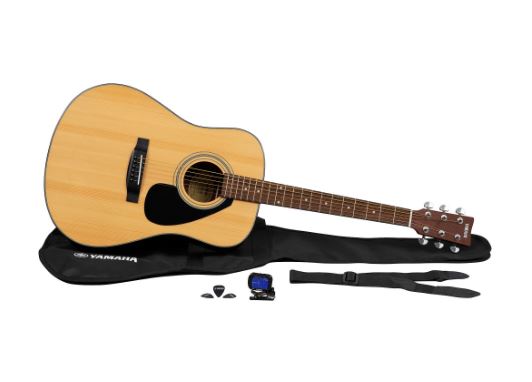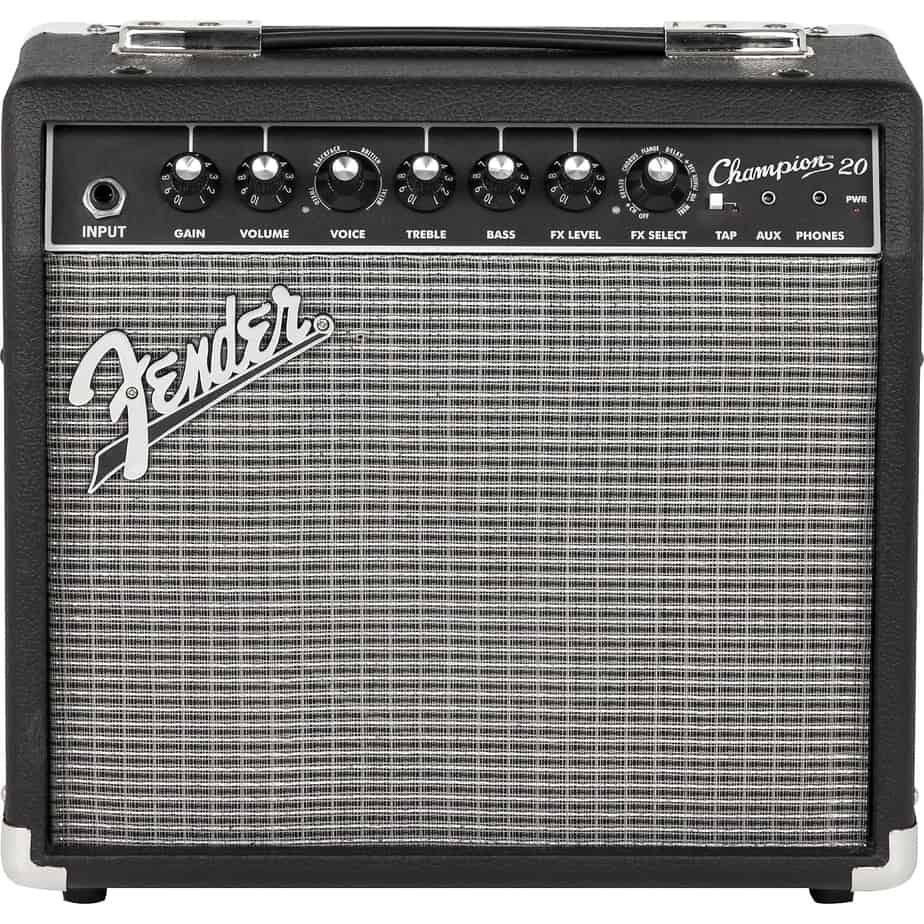Yamaha is well known around the world for producing quite a variety of different products, from guitars to motorcycles, pianos to robots.
But with its roots in the music industry, don’t be fooled by the Yamaha Corporation’s broad portfolio; music was the company’s stomping ground and remains a prime focal point to
this day.
The company, which was originally named Nippon Gakki Company, Ltd., was founded in 1887 by Torakusu Yamaha and was a leading manufacturer of pianos and organs. It wasn’t until after World War II that the company began producing motorcycles, which, proving to be very successful, prompted the creation of Yamaha Motor Co., Ltd.
Over the years, Yamaha has grown to be one of the leading producers of all sorts of musical instruments, including guitars, basses, pianos, drums, a variety of woodwinds, synthesizers, and more. Always a proponent of musical education, Yamaha started the
Yamaha Music Foundation in 1966 with the intent to support the teaching of music around the world.
Yamaha makes guitars for a broad range of prices, from professional-quality instruments that cost well over $1,000 to
First launched in 1990, the Pacifica series was driven by the California session scene where versatility, performance and individuality were key. If you have a little extra $ for a premium (but still budget) upgrade, this is the one! Plenty of color combos too.
About the Yamaha Pacifica 112V
Just take one look at the Pacifica PAC112V (we’ll just call it the 112 from now on) and it’s instantly recognizable where the designers got their inspiration for the body shape: the Fender Stratocaster. But despite its similarity, there are still some notable differences.
The Pacifica line of electric guitars was launched in 1990 and was designed primarily by Rich Lasner, who was Yamaha USA’s Senior Guitar Designer until the mid-1990s. Lasner had previously worked for Ibanez and designed the Pacifica line as sort of an extension of his work for Ibanez.
Unlike many budget guitars in the early ‘90s, the Pacifica guitars line were carved out of single pieces of wood, the Yamaha PAC112v in particular being made of alder. Thanks for that generous contribution to the budget guitar world, Rich.

Let’s get into some specs!
- Body: Like mentioned above, the 112V electric guitar body is carved out of a single piece of alder. Fender first began using alder for guitar bodies in the 1950s, but this trend has carried on to other guitar manufacturers as well—and with good reason. Alder bodies produce clear, well-rounded tone with great bass response and a thick midrange. Because Yamaha wanted to showcase that it was using quality alder for the body, rather than some cheap plywood, semi-translucent finish options have always been available, such as satin yellow or old violin sunburst (although some opaque colors are also available, such as raspberry red or black). The body quite closely resembles the Fender Strat, but has some noticeable shape differences, such as the cutaway horns being longer and narrower and the body curvature being a bit sharper.
- Neck: The 112V electric guitar’s bolt-on neck is constructed of solid maple with a subtle satin finish and a rosewood fingerboard, complete with “C”-shaped curvature, which is another obvious nod to the guitar’s Fender counterpart. Unlike the Fender, though, it boasts 22 frets to Fender’s traditional 21. The neck feels pretty fast and smooth to the touch.
- Pickups: The original Pacific line used ceramic pickups, but in the early 2000s they were upgraded to Alnico 5’s, which was a great upgrade, providing a strong, aggressive punch that the ceramic pickups lacked. An interesting design element on the 112, the pickup arrangement is HSS, with a bridge position humbucker. Even more interesting is the ability to coil split the humbucker, which is activated by pulling outward on the tone knob. The single-coils tend to hum a little bit, but the humbucker and humbucker-single-coil combo options don’t. If you’re looking for a sound similar to that of a Strat, using the neck and middle pickup combination delivers quite well.
- Hardware: The 112’s hardware is pretty nice and overall is better than expected for the price of the electric guitar. The inline tuners are of decent quality and don’t detune tremendously over time, but of course they will a bit with huge bends or lots of tremolo bar usage. On that note, the tremolo bar is decent too, although it could be better. Gentle tremolo use will be fine, but bending the hell out of the strings will inevitably cause problems because it is, after all, a budget guitar and can’t stand up to too much of a beating. The 3-ply pickguard is a nice touch, adding a vintage element into the face of the guitar and showing that the designers put some care and thought into it. The 112 comes with a 5-way pickup selector switch, as well as master volume and tone knob. The knobs are high quality, made of dome-topped metal with knurled sides. The ¼” output jack feels solid and isn’t likely to break soon.
- Scale: Another nod to the Fender Stratocaster, the 112’s scale length is 25.5”. This scale length provides a strong, bold tone with a powerful low end and solid mids. Combining the alder body, maple neck, pickup design, and scale length makes this guitar sound pretty good overall. As mentioned above, when the neck/middle pickup combination is selected, the guitar resembles a Fender Strat-like guitar (such as the Squier Bullet Strat) in tone.

How does it sound?
Overall, the Yamaha Pacifica 112V sounds pretty good, although it’s not great. Unless the humbucker pickup is selected, there is a noticeable amount of buzz. That said, other than the buzz, the single coils are pretty nice, with a thick mid-range and quick dynamic response.
Yamaha’s decision to upgrade the 112 to Alnico V pickups was a great idea, and it shows. The pickups all around have a good amount of punch, but do tend to sound a bit thin with less thickness of overtone response than other guitars. The tremolo bar is a nice addition, but it should be used fairly delicately.
If you’re constantly slamming massive bends, you will inevitably have pretty major tuning frustrations. The Yamaha PAC112v is designed intentionally to be somewhere in between vintage and modern styles. While it certainly doesn’t look or sound reminiscent of an old-school, classic guitar, it also isn’t a super modern thin-necked axe with loaded active pickups. But what it lacks in this department, it makes up for in versatility—which is really this guitar’s middle name.
This may not be the perfect guitar for an old-school twang or shimmery Fender tone, but it can be played across a variety of genres—and well.
In conclusion…
Pros:
- Extremely versatile
- H-S-S pickup design
- Solid hardware
Cons:
- Tremolo bar isn’t great
- Lots of buzz from the single-coils
- Tone is a bit thin
Yamaha Pacifica 112V Review: Overall, I give this guitar a 4 out of 5.
First launched in 1990, the Pacifica series was driven by the California session scene where versatility, performance and individuality were key. If you have a little extra $ for a premium (but still budget) upgrade, this is the one! Plenty of color combos too.
The construction of this guitar is such that if taken care of, it can last for life. It’s overall a good electric guitar for the price and is best for novice players looking to expand their skill sets. The guitar feels nice in the hands and the neck is fast and smooth.
The hardware overall exceeds the “you get what you pay for” cliché, with the exception of the tremolo bar, which has some room for improvement. The tuners are pretty decent, the bridge saddles feel solid, and the knobs are great.
When all’s said and done, the Pacifica 112V is not too different from a Squier Strat; it’s similar in body shape, uses alder and maple tonewoods, has a scale length of 25.5”, and has a tremolo bar. The main thing that makes the 112 different than a Strat is simply the humbucker pickup with coil-splitting.
If you’re not too keen on using a humbucker, I would recommend to just go with a Squier Strat for similar price range and quality. But if you definitely want the humbucker sound—and even more so if you’re interested in the options that coil-splitting offers—stop in a music shop and give the 112 a try. You may just love it.
The Yamaha GigMaker Guitar Package is built around the F325D acoustic guitar with die-cast chrome tuners and a spruce top.
The 20W Champion 20 features a single 8" Special Design speaker, with great amp voices and effects that make it easy to dial up just the right sound - from jazz to country, blues to metal and more.
The Squier Affinity Strat Pack includes everything you need to start rocking right out of the box.
Read More:
- Best Black Friday / Cyber Monday Guitar Deals: Guitars, Amps, More! - November 27, 2023
- The Ultimate Yamaha C40 Classical Guitar Review You’ll Love - August 23, 2023
- The Best 12-String Guitars Guide - August 22, 2023






Dave
Monday 19th of March 2018
I have the 212 model. Love it